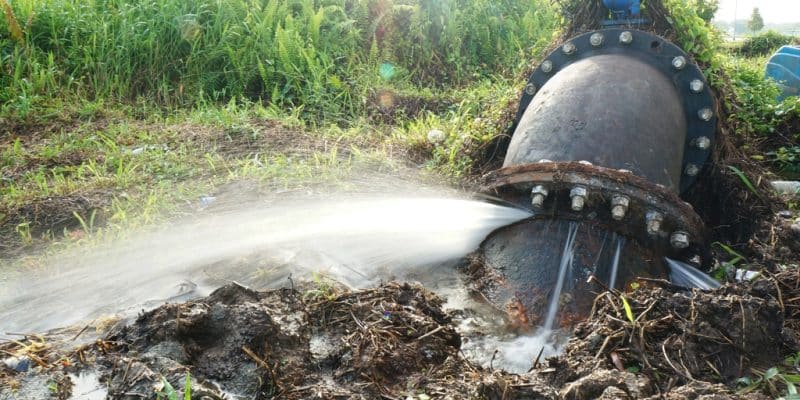Vandals have once again attacked drinking water installations in Mozambique. This time, the targets are drinking water supplies (AEP) located in the district of Morrumbene, in the northern province of Inhambane, depriving thousands of households of the precious liquid.
While the Mozambican government is striving to meet the drinking water needs of its people, a gang of criminals has set its sights on wrecking all these efforts. On 3 January 2024, these vandals committed a new crime in the East African country. “Four systems were targeted by these brigands in the Morrumbene district, depriving some 5,000 people of drinking water”, lamented Daniel Massingue, Provincial Director of Public Works for Inhambane in Mozambique.
The drinking water supply systems destroyed in Morrumbene had been built as part of the National Rural Water Supply and Sanitation Programme (PRONASAR), launched in 2010 by the government of Filipe Nyusi to improve drinking water and sanitation services. And Morrumbene is already used to doing this. “As if it were taking part in a vandalism competition, Morrumbene is keeping up the tradition, competing with neighbouring districts such as Massinga and Homoine, where this situation causes the most problems. It’s like an annual competition”, says the Mozambican Ministry of Public Works, Housing and Water Resources.
Read also –
As well as shortages of drinking water, the ongoing damage to the water systems is compromising the health and hygiene levels of the population of Morrumbene, and increasing the risk of epidemics and the spread of communicable diseases.
Protect drinking water facilities as a matter of urgency
The case of vandalism in Mozambique is not an isolated one. Unfortunately, several governments in Africa are seeing their efforts to achieve Sustainable Development Goal 6 (SDG 6) by 2030 sidelined by deliberate damage to drinking water supply systems. In Cameroon’s economic capital, Douala, the DN 63 pipe of the Douala agglomeration regional office (DRDA) was vandalised on 12 January 2023, in the Bonendale district (near the Wouri river). This act had a negative impact on the distribution of drinking water in the area.
In 2021, in Libya this time, one of the main stations of the artificial river located on the eastern route of the Al-Hasawna system was destroyed, affecting the water supply of four main towns, namely Bani Walid, Misrata, Al-Khums and Zliten, as well as other surrounding areas, according to the United Nations Children’s Fund (UNICEF).In the same year, one of the wells at Al-Hasawna, with a production capacity of more than 5,000 m3 per day, was vandalised and completely taken out of service.
Read Also – LIBYA: Vandalism threatens large man-made river that supplies the country
For the United Nations agency dedicated to improving and promoting the status of children, it is high time for governments to make the protection of water infrastructures a priority concern, and to step up security measures, including the potential deployment of civilian forces to the catchment areas. This will also involve the urgent allocation of the resources needed for maintenance, and would also ensure the continuity of water supply and sanitation services in the country.
The system of fines or imprisonment could also be an avenue to explore, to eradicate this scourge of vandalism that has already lasted too long in Africa.
Inès Magoum






